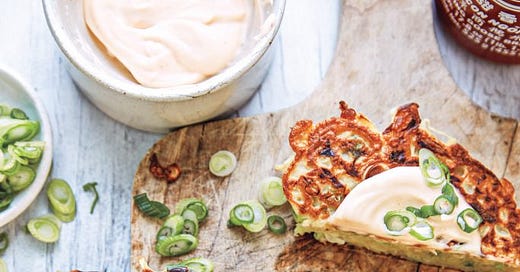Those Staggered Nights

I am so delighted to feature guest-poster Caroline Campion today. Caroline is a Saveur alum and one of the OG bloggers, having first caught my attention almost a decade ago with her site Devil & Egg; today she co-writes keeperscooks with Kathy Brennan. Their new book, The Dinner Plan, is, obviously, near and dear to my heart, and, among other things dis…




